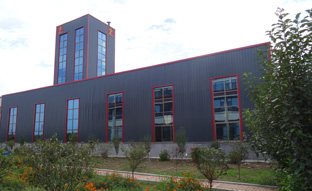
Shandong Zhiling Biotechnology co.,ltd,which is specialized in production of natural feed grade xanthophylls production enterprise.It is a modern factory specialized in deep processing of natural ......
understand more>> National enterprise credit information public system
National enterprise credit information public system